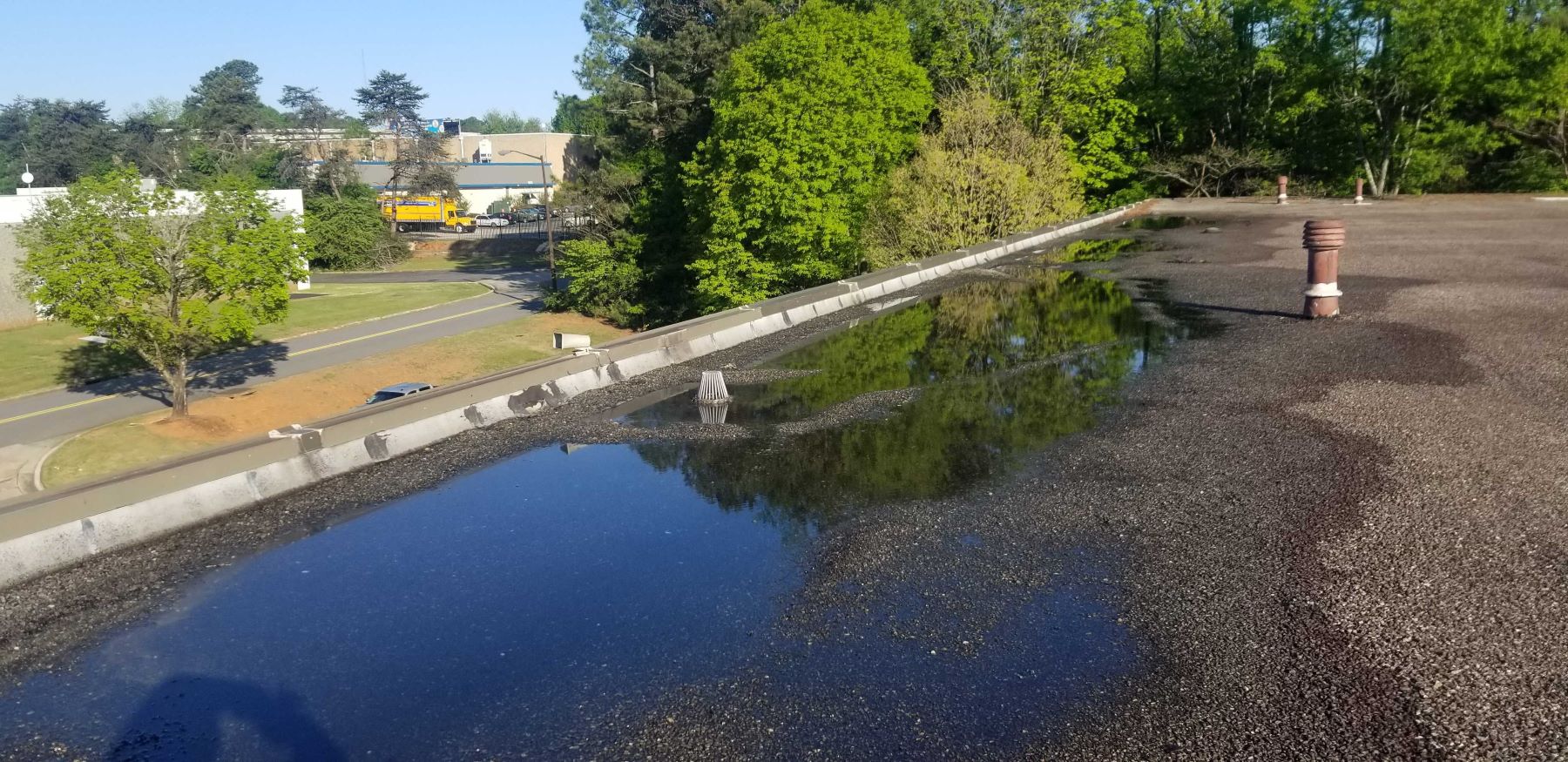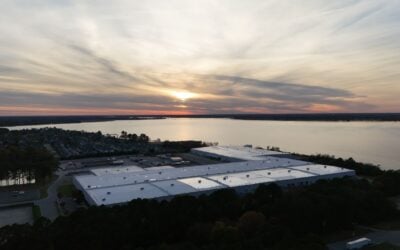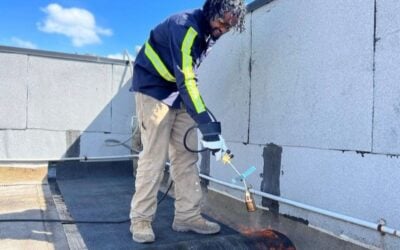When it comes to maintaining the longevity and integrity of a commercial building, the importance of a well-functioning drainage system cannot be overstated. Drainage systems are often overlooked, yet they play a crucial role in protecting your commercial roof from damage and extending its lifespan. In this blog post, we’ll explore the critical functions of drainage systems and why they should be a top priority for building owners and facility managers.
Understanding the Function of Drainage Systems
Drainage systems in commercial roofing are designed to manage and direct rainwater and melting snow off the roof. Proper drainage prevents water from pooling on the roof, which can lead to a host of problems including leaks, structural damage, and even premature roof failure.
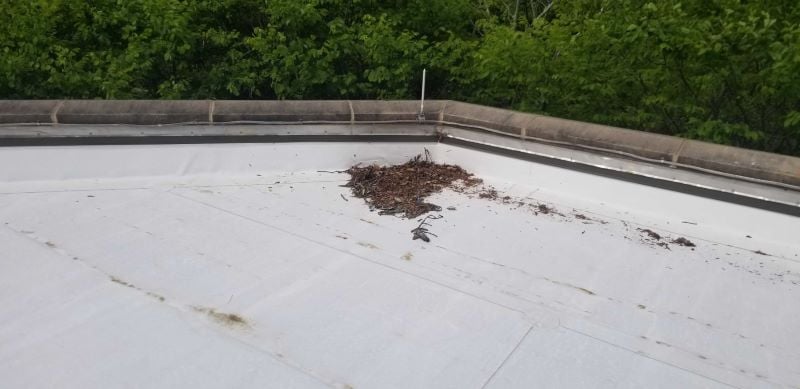
Prevention of Water Accumulation
The primary role of a drainage system is to ensure that water does not accumulate on the roof. Water pooling, or “ponding,” can occur due to several reasons including flat roof design, blocked drains, or inadequate slope. Over time, standing water can penetrate the roofing material, causing deterioration and leaks. A well-designed drainage system channels water efficiently to the appropriate outlets, reducing the risk of ponding and associated damage.
Reduction of Roof Load
Excess water on a roof adds additional weight, which can stress the roofing structure and underlying components. This added load can cause structural sagging and, in severe cases, roof collapse. Drainage systems alleviate this problem by directing water away from the roof, reducing the burden and maintaining the roof’s structural integrity.
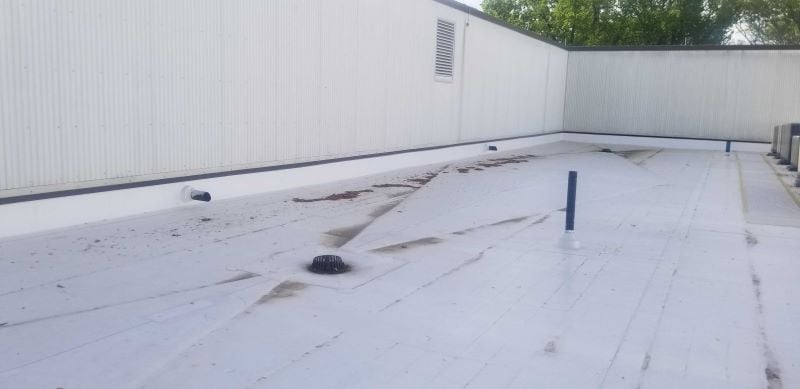
Protection Against Ice Dams
In colder climates, melted snow can refreeze at the eaves of the roof, forming ice dams. These ice dams can prevent proper drainage and force water back under the shingles or roofing membrane, leading to leaks and water damage. Effective drainage systems, including proper gutter installation and roof slope management, help mitigate the risk of ice dams by ensuring that water and snow are efficiently directed away from the roof.
Prevention of Mold and Mildew Growth
Standing water and moisture on the roof can create an environment conducive to mold and mildew growth. These fungal infestations can spread and cause damage not only to the roof but also to the building’s interior. By ensuring that water is quickly and efficiently drained away, drainage systems help maintain a dry and clean environment, reducing the risk of mold and mildew problems.
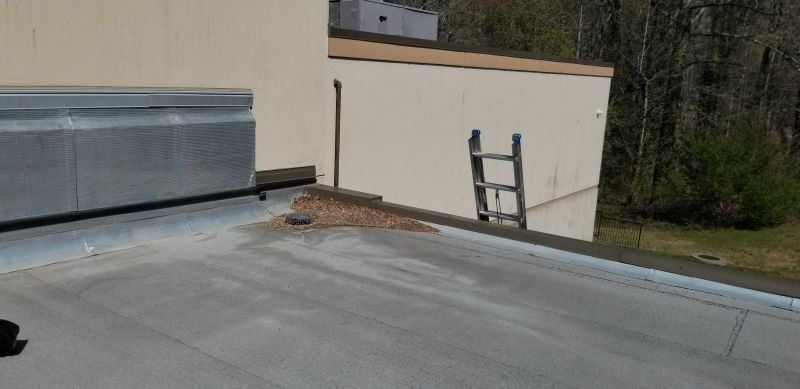
Key Components of a Drainage System
A well-functioning drainage system typically includes several key components:
Gutters: These channels collect water from the roof and direct it towards downspouts. Gutters should be regularly cleaned to prevent blockages.
Downspouts: Downspouts carry water from the gutters down to the ground or a drainage system. They need to be free from obstructions and properly connected to the drainage network.
Scuppers: These openings in the parapet walls or roof edges allow water to flow off the roof. Scuppers are especially useful in roofs with low slopes.
Drains: Roof drains, often found in flat or low-slope roofs, collect water and channel it through pipes to the exterior drainage system.
Overflow Drains: In case of blockages or excessive rainfall, overflow drains provide an additional pathway for water to escape, preventing potential flooding or roof damage.
Regular Maintenance and Inspection
To ensure that your drainage system continues to function effectively, regular maintenance and inspections are essential. This includes cleaning gutters and drains, checking for blockages, and ensuring that all components are in good working order. Regular inspections can also help identify potential issues before they become major problems, saving you time and money in the long run.
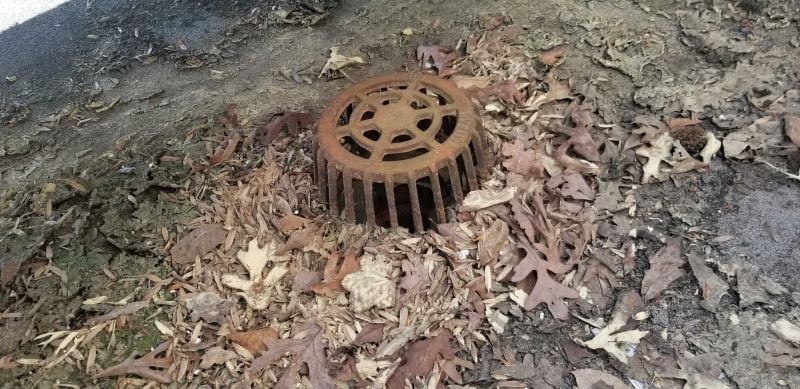
Conclusion
In summary, a well-designed and maintained drainage system is vital for protecting your commercial roof. It prevents water accumulation, reduces roof load, protects against ice dams, and prevents mold growth. By investing in a robust drainage system and committing to regular maintenance, you can safeguard your roof’s integrity, extend its lifespan, and ensure the continued protection of your commercial property. Don’t overlook this critical component of roof maintenance—your building’s future may depend on it.

